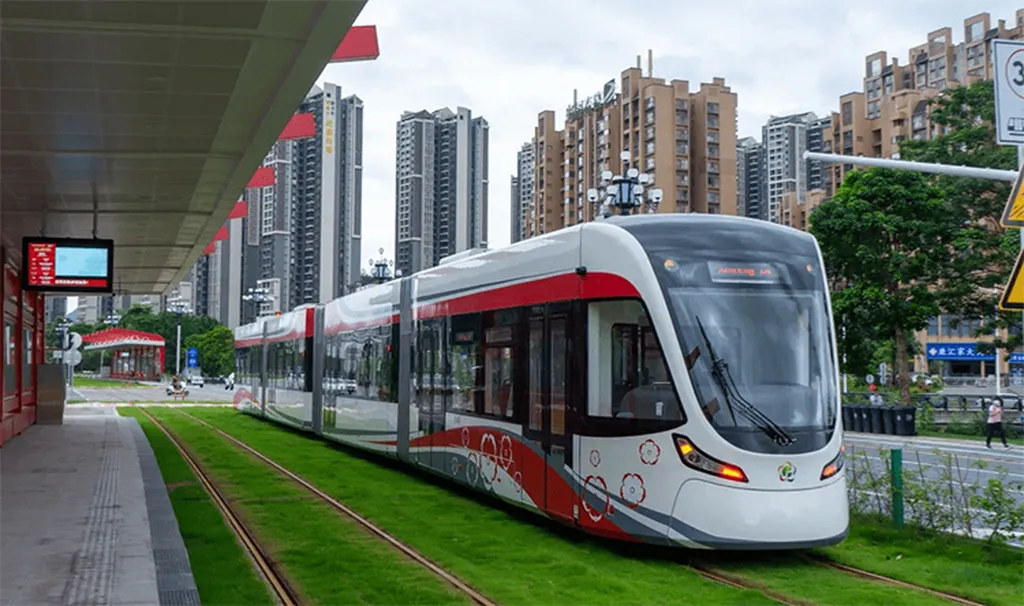In the bustling world of urban rail transit, where efficiency and sustainability are paramount, a groundbreaking study has emerged that could redefine how we harness and utilize energy from train braking systems. Published in the journal *Control and Automation*, the research led by LIU Guanghuan introduces a novel approach to capturing and storing the energy generated during train braking, offering a promising solution to a longstanding challenge in the energy sector.
Currently, most urban rail systems employ methods like resistor energy dissipation or inverter feedback to manage the energy produced during braking. However, these techniques come with significant drawbacks. Resistor energy dissipation simply wastes the energy as heat, while inverter feedback requires real-time energy transfer back to the power grid, which can strain grid stability, especially when the grid load is low.
LIU Guanghuan’s research proposes a more flexible and efficient alternative: a capacitive energy absorption system based on super capacitor energy storage. This system not only stores the energy generated by regenerative braking but can also feed it back into the DC traction network when needed. “Our approach ensures that the energy is not wasted but is instead reused, enhancing the overall efficiency of the rail system,” explains LIU Guanghuan.
The study delves into the intricacies of urban rail traction power supply systems, establishing a mathematical model and calculation conditions for the super capacitor energy storage device. This comprehensive analysis has led to the development of a multi-control technology that optimizes energy storage and retrieval. The system has already been successfully implemented in the Guangzhou Metro, demonstrating its practical viability and potential for widespread adoption.
The implications of this research extend far beyond the rail industry. In an era where energy efficiency and sustainability are critical, the ability to capture and reuse energy from braking systems represents a significant advancement. “This technology not only benefits the rail sector but also has the potential to influence other industries where energy recovery and storage are crucial,” adds LIU Guanghuan.
As urbanization continues to grow, the demand for efficient and sustainable transportation solutions will only increase. LIU Guanghuan’s research offers a glimpse into a future where energy is used more intelligently and sustainably, paving the way for innovations that could transform the energy landscape. With the successful application in Guangzhou Metro, the stage is set for further exploration and implementation of this technology, promising a brighter, more energy-efficient future for urban rail transit and beyond.

